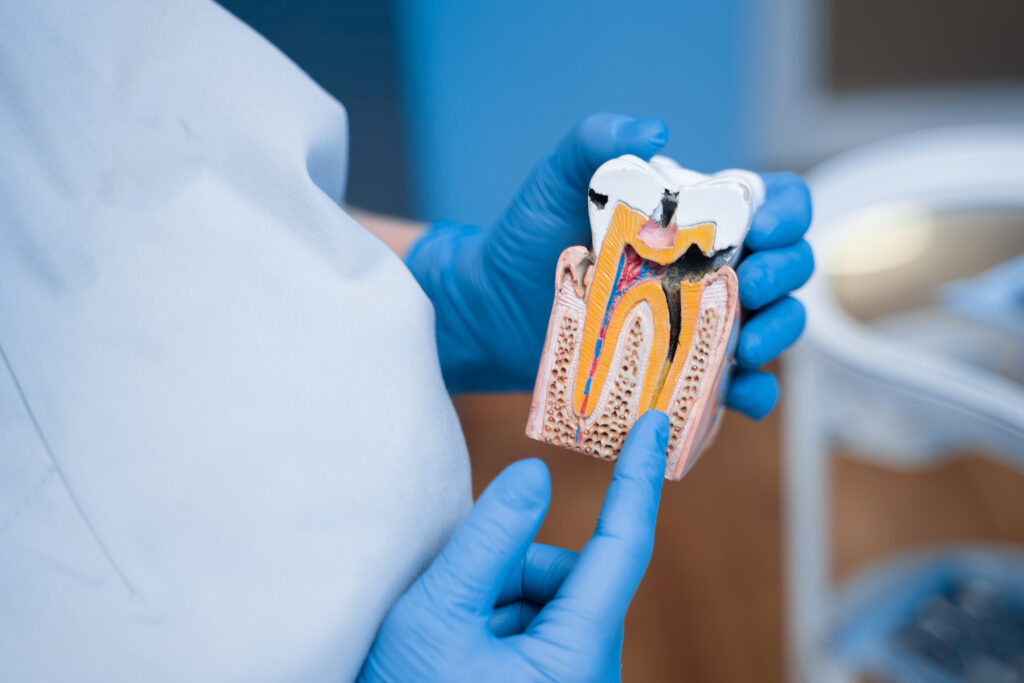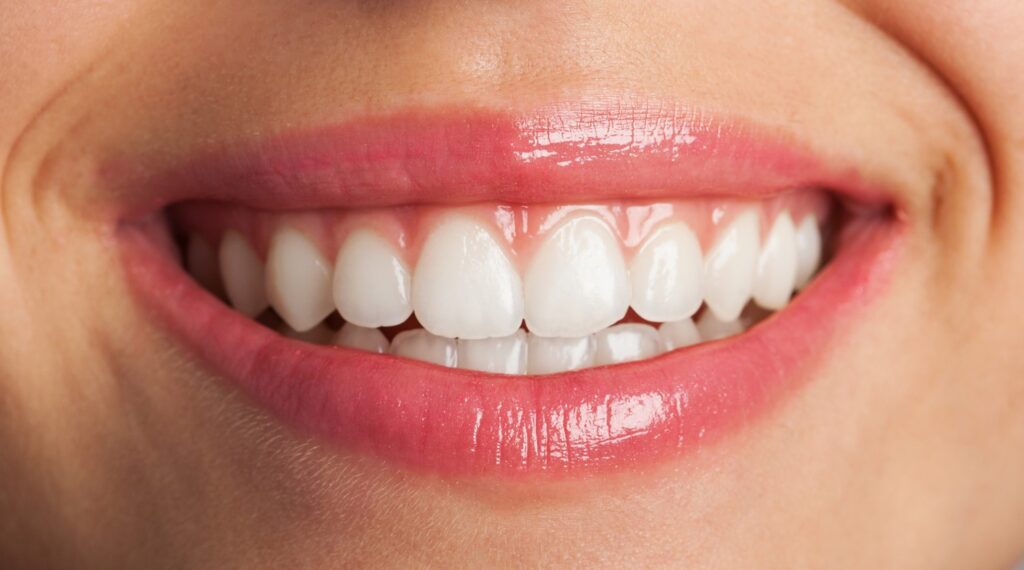What Is Orthodontic Restoration?
Orthodontic restoration is a dental treatment that helps straighten teeth and fix bite problems. It uses tools like braces, aligners, or retainers to move teeth into better positions. As a result, your smile looks better, and your teeth work well together. Orthodontic restoration & dental health go hand in hand because straight teeth are easier to clean and keep healthy.
Common Dental Health Issues Addressed by Orthodontic Restoration
Many people face dental problems that orthodontic restoration can help. For example, crooked teeth or crowded teeth are common issues. Sometimes, teeth have gaps or do not line up when you bite. These problems can lead to:
- Tooth decay, since crowded teeth are hard to clean
- Gum disease, because bacteria can build up
- Jaw pain or headaches from bite problems
- Speech issues caused by tooth position
- Worn or chipped teeth from uneven pressure
Therefore, fixing these issues can improve both your dental health and your confidence.
Symptoms and Signs Indicating the Need for Orthodontic Restoration
Sometimes, it is easy to spot signs that you may need orthodontic restoration. However, some symptoms are less obvious. Watch for these signs:
- Teeth that are crowded, crooked, or overlapping
- Gaps between your teeth
- Difficulty biting or chewing food
- Frequent biting of your cheek or tongue
- Jaws that click, pop, or feel sore
- Speech problems, such as a lisp
If you notice any of these, it may be time to see a dental professional.
Causes and Risk Factors for Dental Misalignment
Many things can cause teeth to become misaligned. For instance, genetics play a big role. If your parents had crooked teeth, you might too. Other causes and risk factors include:
- Thumb sucking or pacifier use after age four
- Early loss of baby teeth
- Injury to the mouth or jaw
- Extra or missing teeth
- Jaw size that is too small or too large
Because of these factors, regular dental checkups are important for early detection.
Diagnosis: How Dental Professionals Assess the Need for Orthodontic Restoration
First, your dentist or orthodontist will look at your teeth and bite. They may ask about your dental history and any symptoms. Next, they might take X-rays or digital scans to see the position of your teeth and jaw. Sometimes, they use special molds to make a model of your mouth. With this information, they can decide if orthodontic restoration is right for you. According to the American Association of Orthodontists, early assessment can help prevent bigger problems later.
Treatment Options: Braces, Aligners, Retainers, and Other Modern Solutions
Today, there are many ways to fix dental misalignment. Each option has its own benefits. Your dental specialist will help you choose the best one for your needs. Common treatments include:
- Braces: Metal or ceramic brackets are attached to teeth and connected by wires. They slowly move teeth into place.
- Clear Aligners: These are see-through trays that fit over your teeth. You can remove them to eat or brush.
- Retainers: After braces or aligners, retainers help keep teeth in their new position.
- Other Devices: Sometimes, special expanders or headgear are used for certain cases.
Because technology has improved, many treatments are now more comfortable and less noticeable.
Lifestyle Guidance: Oral Hygiene Tips During and After Orthodontic Restoration
Good oral hygiene is very important during orthodontic treatment. Braces and aligners can trap food and make cleaning harder. To keep your teeth healthy:
- Brush your teeth after every meal
- Use a soft toothbrush and fluoride toothpaste
- Floss daily, using special flossers if needed
- Rinse with mouthwash to reduce bacteria
- Avoid sticky or hard foods that can damage braces
- Visit your dentist for regular checkups and cleanings
After treatment, continue these habits to keep your smile healthy. Wearing your retainer as directed is also important.
Prevention: How to Maintain Dental Health and Prevent Future Issues
Even after orthodontic restoration, you need to protect your dental health. Here are some ways to prevent future problems:
- Brush and floss every day
- Eat a balanced diet with less sugar
- Wear a mouthguard during sports
- See your dentist twice a year
- Follow your dental specialist’s advice about retainers
Because prevention is easier than treatment, these steps can help you keep your teeth straight and healthy.
Conclusion: Take the Next Step for Your Dental Health
Orthodontic restoration & dental health are closely linked. Straight teeth are easier to clean and less likely to have problems. If you notice signs of misalignment, do not wait. Consult a dental specialist for personalized orthodontic restoration advice. Your healthy smile is worth it!


